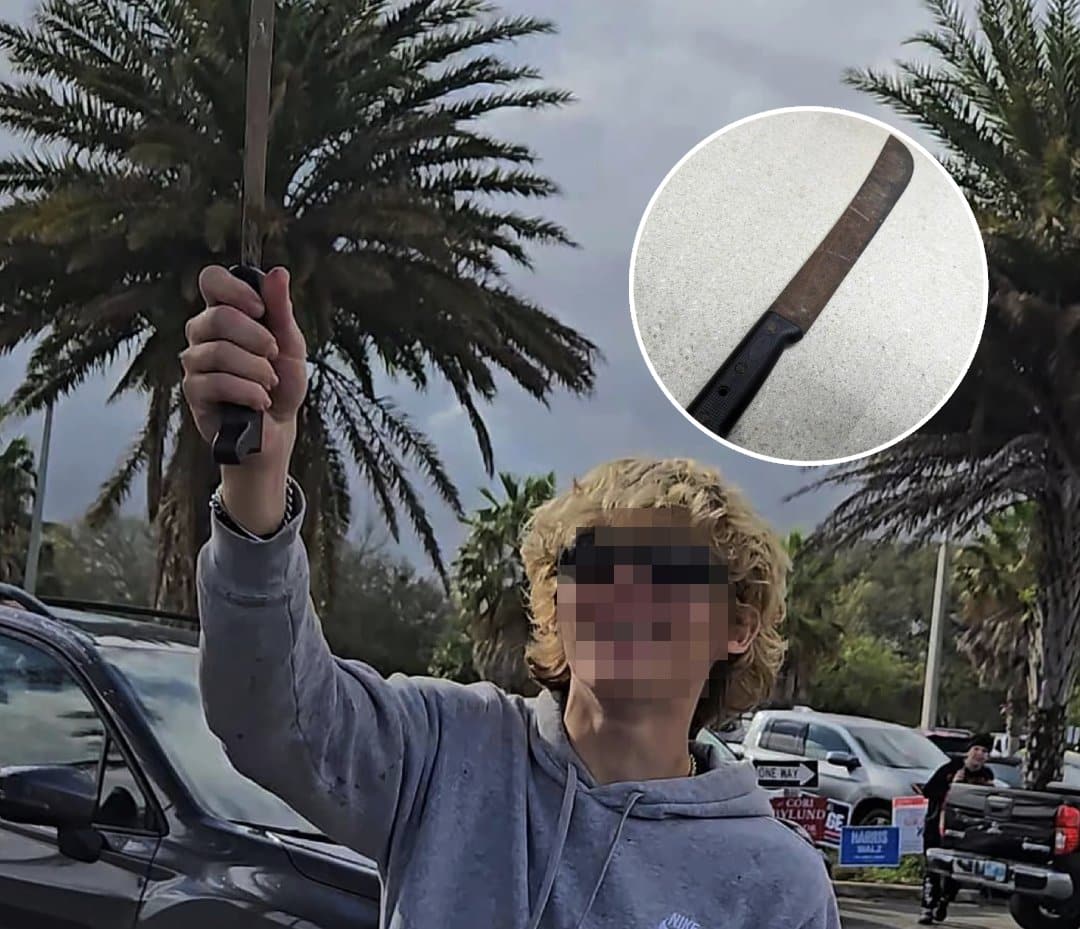As billions of tons of plastics continue to be deposited on and in the land and water systems of our planet, they degrade into microplastics (MPs) that are between one micrometer (μm) and five millimeters (mm) in size. MPs are capable of entering a wide range of organisms, including microbes, plants, and animals.
A new Science of the Total Environment study discusses how MPs exposure to humans can be examined from sampling to quantitative assessment. Herein, the researchers also assess possible preventative measures and future possibilities in MP research.
 Study: Microplastic diagnostics in humans: “The 3Ps” Progress, problems, and prospects. Image Credit: Larina Marina / Shutterstock.com
Study: Microplastic diagnostics in humans: “The 3Ps” Progress, problems, and prospects. Image Credit: Larina Marina / Shutterstock.com
Introduction
MPs arise either through design or following the degradation of larger plastics. These materials are present everywhere and are readily ingested by living organisms on land and in water, eventually becoming part of their tissues and organs. Unfortunately, MPs carry pollutants into host tissues, which can compromise both survival and reproduction.
A host of foods and beverages have been reported to be contaminated by MPs, including edible fish, drinking water, milk, soft drinks, canned foods, and even sugar and salt. Thus, humans are accidentally ingesting MPs daily, besides inhaling them and being exposed to these materials after they leak through the skin barrier.
Recent estimates indicate that humans are exposed to 100,000 particles per year, many of which can enter human cells and cause oxidative stress, inflammation, metabolic dysregulation, and reproductive toxicity. The current study reviews progress in this field, including research approaches, current knowledge, and challenges.
What did the review show?
MPs were found to be present in 15 human tissues at varying levels. Most of these tissues consistently showed the presence of MPs, while fecal samples were positive in up to 60% of samples. However, feces contained the highest concentration of MPs, followed by sputum, both around 100 MPs/gram, while levels were low in breast milk, saliva, and the skin.
MPs in human tissues were mostly present in the form of fibers and fragments, most commonly transparent, white, or blue, and ranging in size between 700 nm to five mm. Larger fragments were present in human hair, hands, skin, colon, and feces, thus indicating their excretion, in contrast to the cell entry achieved by smaller MPs.
A wide range of over 45 plastics contributed to the presence of MPs in the human body. A correlation was found between the types of plastics contaminating foods and hygiene products and those found in the tissue samples.
The presence of microplastics inside the human system at any instant in time is the consequence of combined exposure routes.”
Some medical conditions were associated with higher levels of MPs in the affected organs or tissues. These included liver cirrhosis, cancers, and inflammatory bowel disease. Further research is needed to establish causality and its direction.
The lungs of stillborn infants were devoid of MPs; however, meconium, placenta, and breastmilk MPs suggest prenatal and early neonatal exposure.
Implications
Converging evidence points to human exposure to microplastics through various food chains and inhalation, suggesting potential health risks.”
With advanced techniques to identify and extract MPs from human tissues, it has become possible to study a wide array of samples. However, there is a high potential for cross-contamination causing false positive results, which would necessitate the use of high-efficiency particulate air (HEPA) filters at the point of sample collection. In fact, a simple step like the use of surgical masks while collecting or preparing the sample could cause microfibers to contaminate the sample.
A similar lack of attention to scrupulous pre-cleaning and inspection steps, as well as a plastic-free protocol, could vitiate the results. Equally importantly, the need for such precautions, as well as how to ensure they are followed, must be shared with every department and professional involved in such studies.
Standardized procedures are also essential in this field, as are larger studies, both of which should be specific to each tissue type. The investment in developing these methods is of value, as it will promote research in this field. For example, the use of 65% nitric acid to treat tissue samples for MP extraction was fairly common; however, this method is associated with the formation of an oily residue, thus limiting accurate estimation of microplastic content.

 PARENTING TIPS
PARENTING TIPS







 PREGNANCY
PREGNANCY








 BABY CARE
BABY CARE








 TODDLERS
TODDLERS








 TEENS
TEENS








 HEALTH CARE
HEALTH CARE






 ACTIVITIES & CRAFTS
ACTIVITIES & CRAFTS








 CONTACT
CONTACT ABOUT
ABOUT













